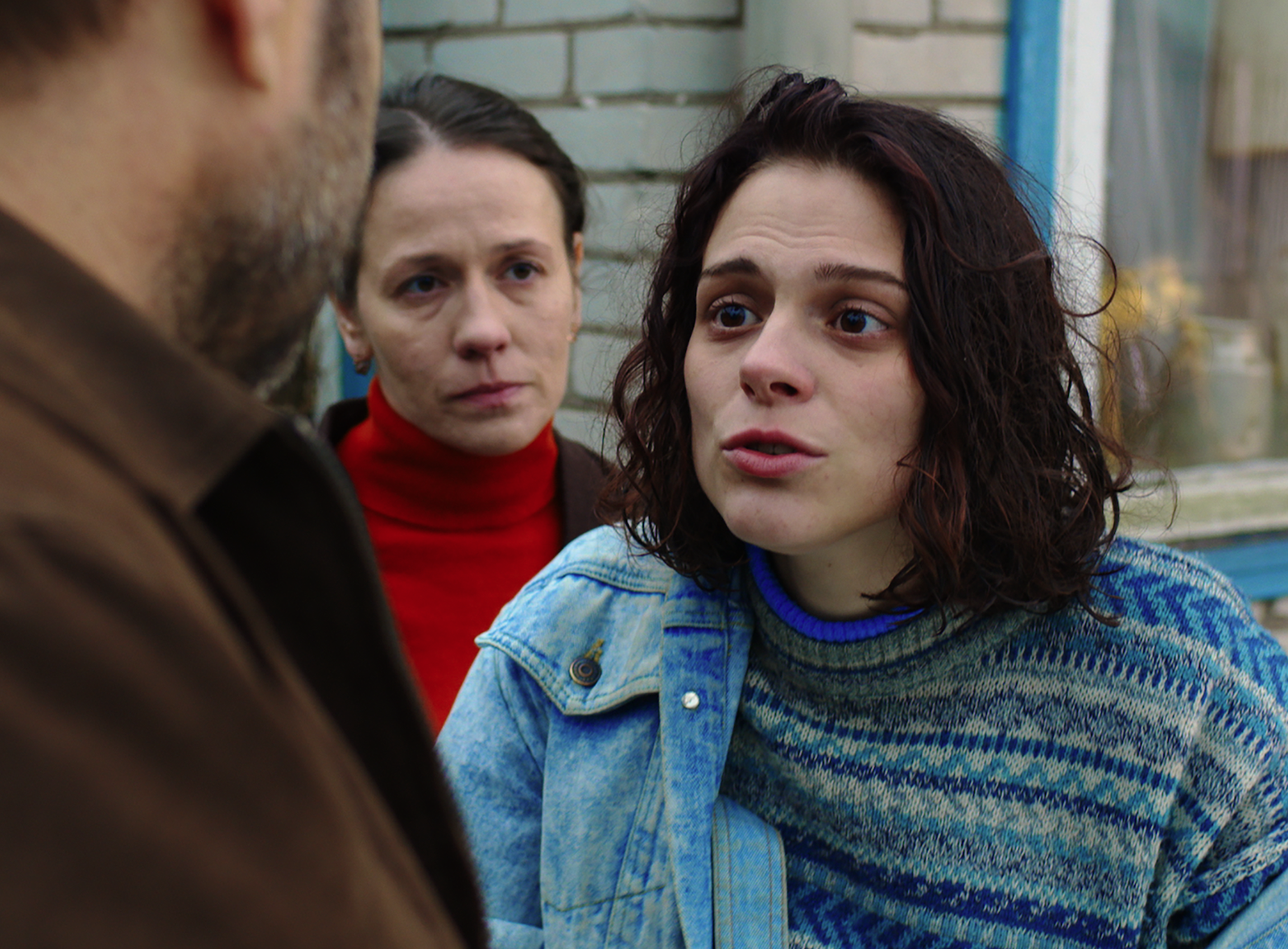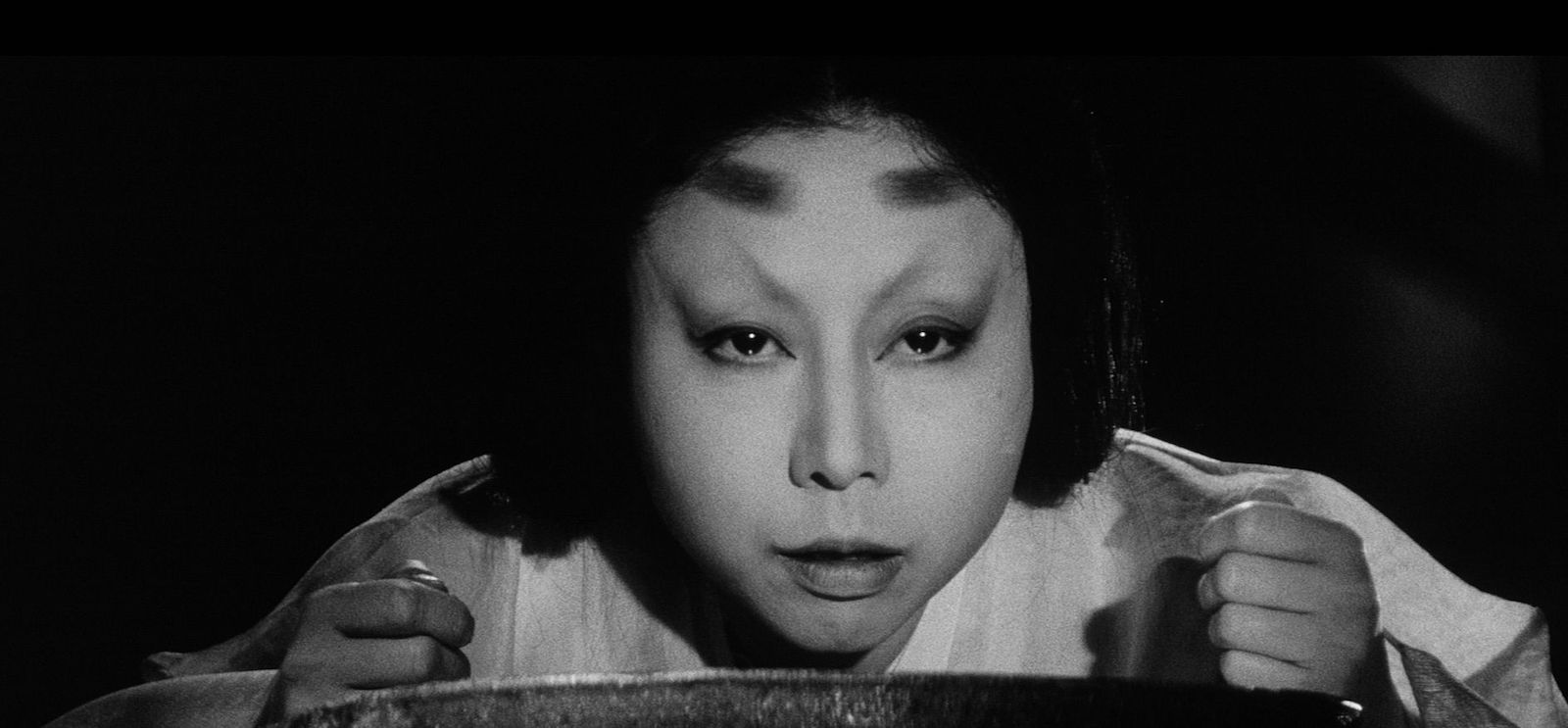Lockdown possibility for a new cinematic discovery: the Russian writer-director Kantemir Balagov, a protégé of the last Soviet master Alexander Sokurov, not yet thirty and possibly the most arresting young filmmaker to emerge in the last few years.
Beanpole, Balagov’s beautifully acted second feature—set in Leningrad in 1945, and featuring two shellshocked nurses tending to even more damaged soldiers—won a prize at Cannes last year and was a hit at the 2019 New York Film Festival. It opened in January and is available for streaming on both MUBI and Kinomarquee.
Closeness, Balagov’s first feature, aptly named given its tight framing and the claustrophobic family situation it depicts, can be streamed through Anthology Film Archives. It, too, is a brilliantly acted tale of human devastation in a devastated land, namely the Kabardino–Balkarian Republic in the North Caucasus. Where Beanpole is profoundly humanist and disorientingly florid, Closeness—set in Balagov’s hometown of Nalchik in the late 1990s, the period of his childhood—is another sort of tour de force: raw and brutally transgressive.
Shortly after celebrating their engagement, a young Jewish couple is kidnapped and held for ransom, splintering both their beleaguered community and individual families, and throwing the boy’s rebellious sister (remarkably played by Darya Zhovner) into an emotional maelstrom. Like Tolstoy’s short story “A Prisoner in the Caucasus,” which it recalls, Closeness is based on a true story. Indeed, the whole film can be seen as the frame around a terrorist video showing the cruel murder of a Russian captive by Chechen rebels—a shocking interpolation of cinematic “realness”—which Balagov himself remembers being traumatized by as a boy.
Forewarned may not be forearmed; the movie is close to overwhelming.
With this year’s Cannes Film Festival canceled, the Criterion Channel is revisiting the last edition that was also called off. Amid widespread demonstrations against the firing of Cinémathèque Française founder Henri Langlois for confounding the officious culture minister André Malraux, Cannes shut down midway through its 1968 festival. Criterion marks the occasion with a half-dozen movies that had been selected for the competition that year. Three were products of the Prague Spring, which would itself be “canceled” in August of that year, when the Soviet-led forces of the Warsaw Pact invaded Czechoslovakia. These are Milos Forman’s masterful satire The Firemen’s Ball, Jan Němec’s less subtle political allegory A Report on the Party and Guests, and Jiří Menzel’s rueful, apolitical idyll Capricious Summer.
The Fireman’s Ball is a comic gem—without doubt, the best movie Forman made in Czechoslovakia. But for me, the strongest film that would have been in competition that year was the Hungarian entry: Miklós Jancsó’s evocation of the 1918–1921 Russian civil war, The Red and the White. Jancsó also had a second, extremely topical film in competition that year, The Confrontation, dealing with leftist students in 1948 Hungary. Unfortunately, neither of these is available for streaming—although a poor copy of The Red and the White can be found on YouTube.
Kaneto Shindo’s Kuroneko is, however, included in “Cannes ’68.” As a candidate for the Palme d’Or, Kuroneko was a definite dark horse (or perhaps, to cite its English title, a Black Cat). This class-conscious, quasi-feminist, anti-samurai ghost film is so beautifully shot as to be nearly abstract. A mother and daughter, raped and murdered by a gang of marauding samurai, are resurrected—apparently aided by their demonic pet cat—as vengeful spirits luring other samurai to their gory doom. The movie’s implacable sense of poetic justice is only equaled by its graphic smarts.
To award the Palme to a left-wing genre flick like Kuroneko would have been even more radical than last year’s prize for Parasite. Traditionally, the jurors have selected more conventional films, as can be seen with Criterion’s parallel series of past winners. Still, there are some standouts. As the movie that put Italian Neo-Realism on the map, Roberto Rossellini’s Rome Open City (1945) has enormous historical significance. Henri-Georges Clouzot’s thriller The Wages of Fear (1953), in which a truck carrying a load of nitroglycerine must navigate a hundred miles of bad roads, is the ultimate expression of pop existentialism. Made in Franco’s Spain, Luis Buñuel’s blasphemous comedy Viridiana (1961) poked a finger in the dictator’s eye. Apichatpong Weerasethakul’s animist fantasy Uncle Boonmee Who Can Recall His Past Lives (2010) is perhaps the most wonderfully eccentric, not to mention unlikely, movie to win the Palme. (One of my fondest memories of Cannes is the incredulous cheering that broke among the press when its victory was announced.)
Another pleasure to revisit while quarantined: Le Joli Mai (1963) was a pioneering work of free-associational “direct cinema” by Chris Marker and Pierre Lhomme, in which, interviewed on the street, the people of Paris respond to (or, in some cases, shrug off) the events of the spring of 1962, which marked the end of the Algerian war. It’s streaming until May 31 on the Maysles Documentary Center’s website, in dialogue with several kindred oral-history documentaries: Inquiring Nuns, filmed in Chicago in 1968, Work Songs (2018), which crisscrosses the country, speaking to workers from San Pedro to Pittsburgh to North Carolina, and The Hottest August, filmed in New York during the summer of 2018.
Advertisement
This is part of “My Quarantine,” a continuing NYR Daily series in which our contributors share how they’re spending their time while social distancing.



